Winter storms in California knocked out power for more than 890,000 customers on Sunday—with more than half a million still without electricity on Monday. There are still about 140,000 without power today on Tuesday.

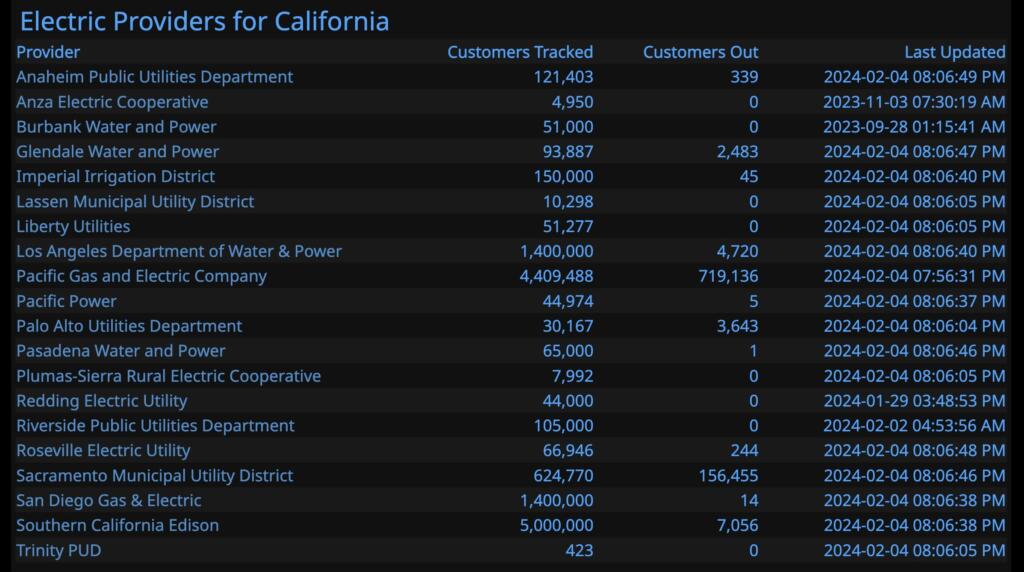
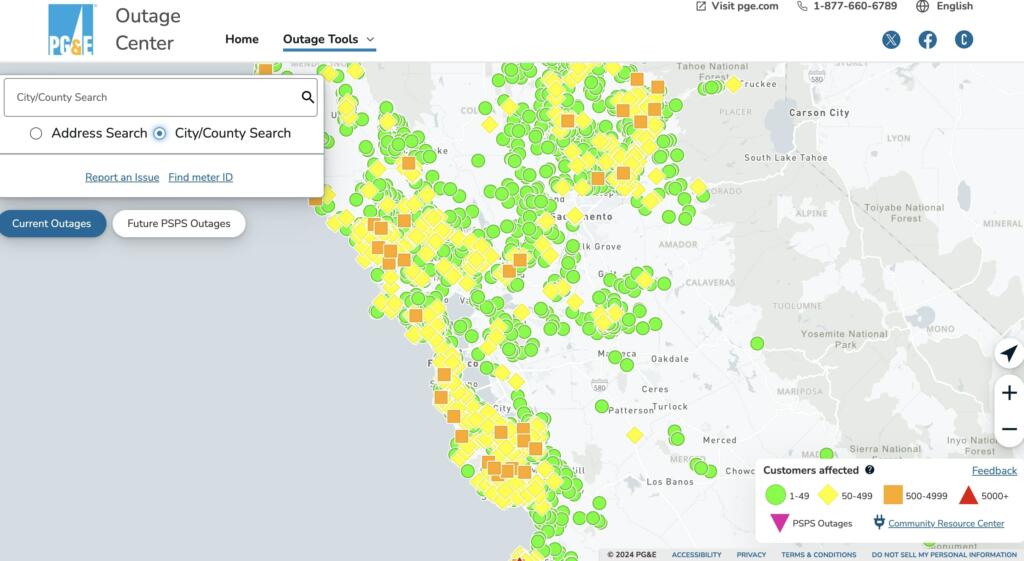
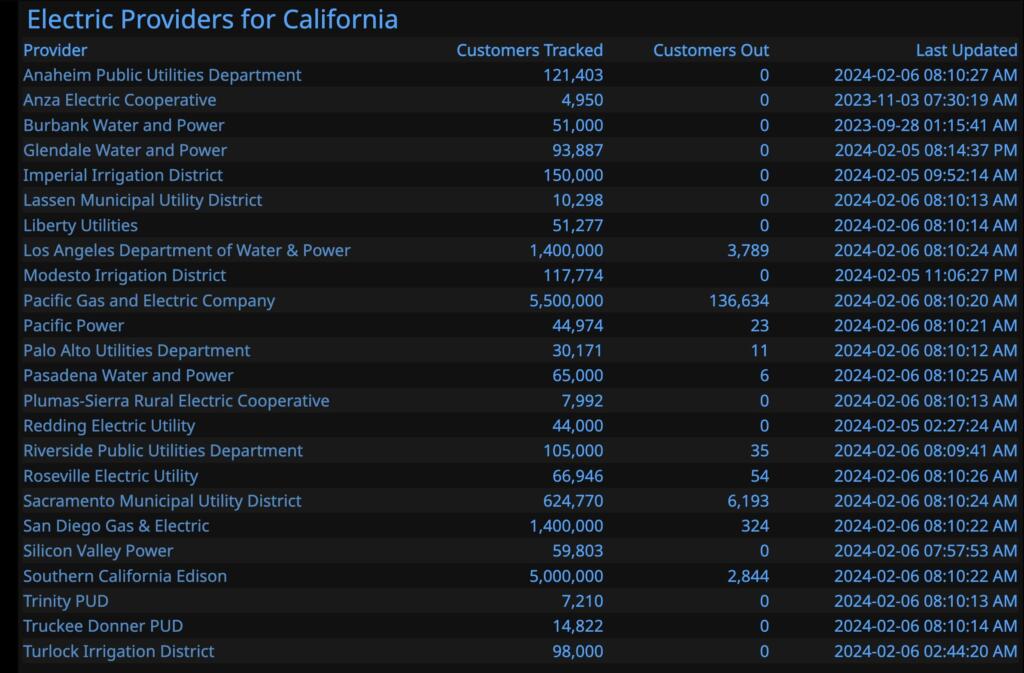
As of January 2024, the average monthly electric bill in California is $190–$210, which is a 20% increase from 2023. The average residential electricity rate in California is around 30–32 cents per kWh, and residential customers use about 756 kWh per month.
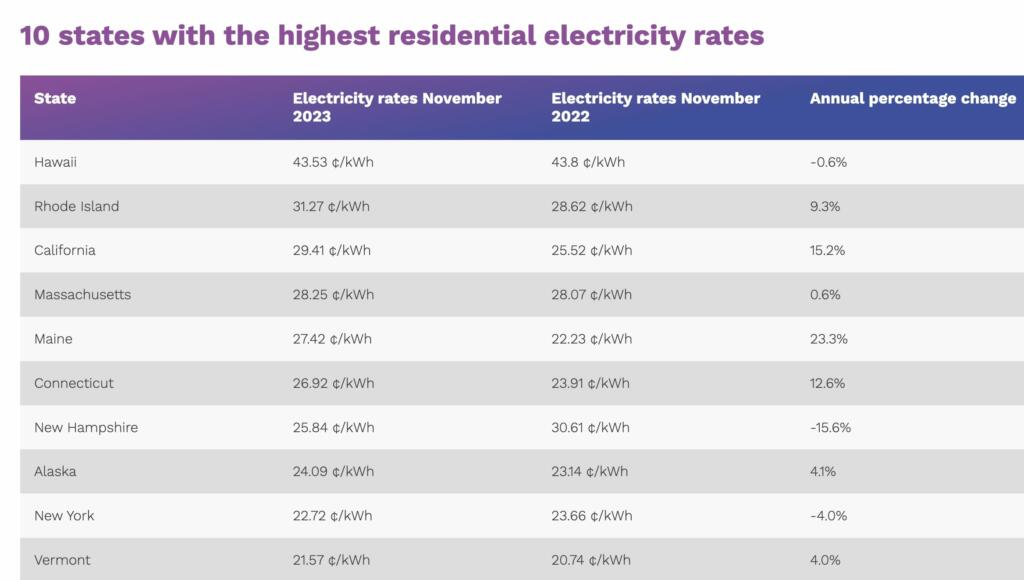
Northern California Utility With at Least Two Movies About Them Killing People
PGE is the northern California Utility that poisoned the town of Hinkley and hid their responsibility and then their faulty equipment caused a fire that killed 85 people and destroyed the entire town of Paradise.
The non-movie response is to leave them in charge and give them huge annual rate increases.

Brian Wang is a Futurist Thought Leader and a popular Science blogger with 1 million readers per month. His blog Nextbigfuture.com is ranked #1 Science News Blog. It covers many disruptive technology and trends including Space, Robotics, Artificial Intelligence, Medicine, Anti-aging Biotechnology, and Nanotechnology.
Known for identifying cutting edge technologies, he is currently a Co-Founder of a startup and fundraiser for high potential early-stage companies. He is the Head of Research for Allocations for deep technology investments and an Angel Investor at Space Angels.
A frequent speaker at corporations, he has been a TEDx speaker, a Singularity University speaker and guest at numerous interviews for radio and podcasts. He is open to public speaking and advising engagements.

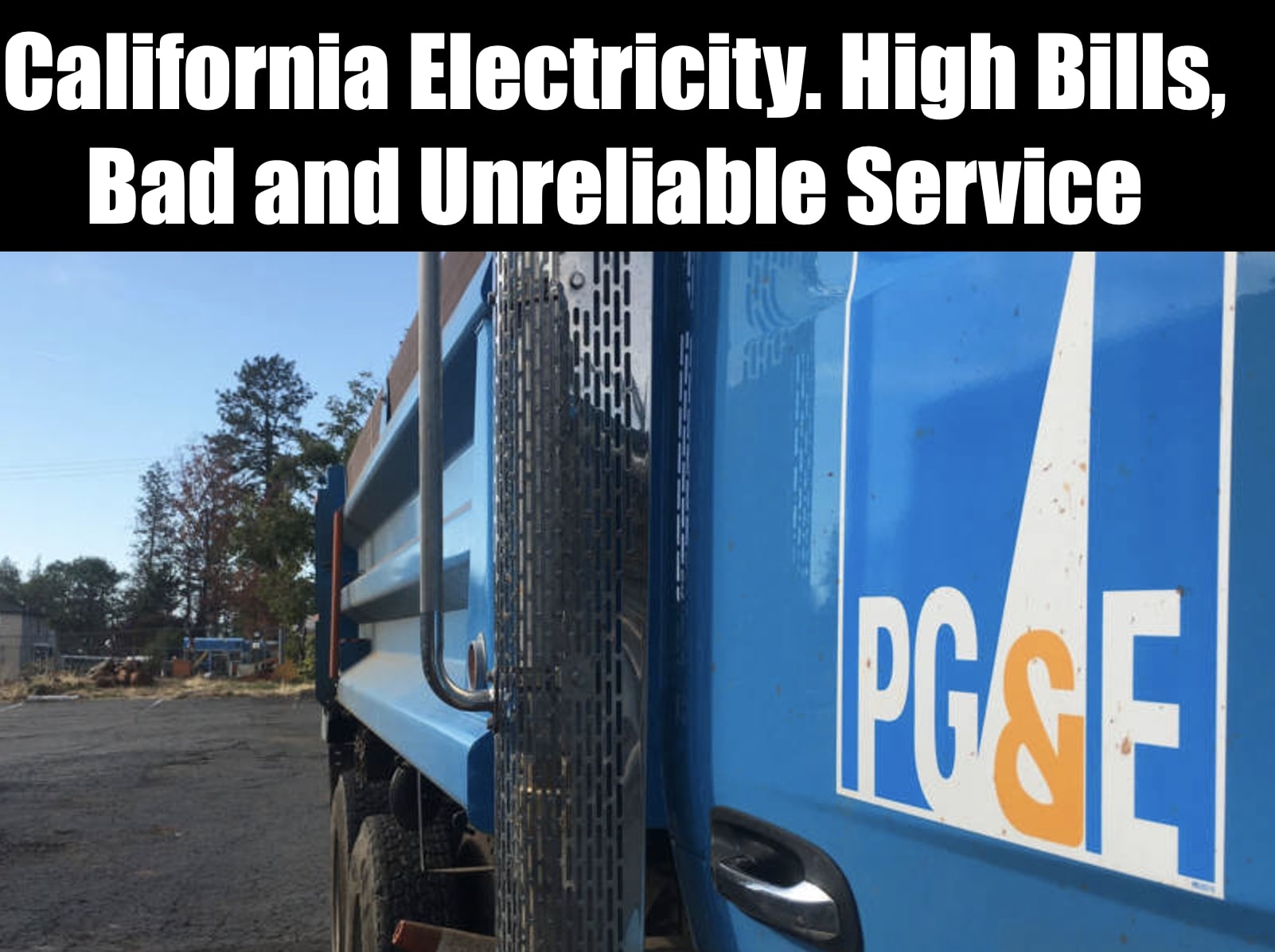
Everything about California is a scam to separate middle class people from their money.
PG&E should have been dissolved. They are too big to succeed.Each county in California should be responsible for their distribution of energy. They can purchase energy off the state run transmission grid delivered to their intertie.The counties would have jobs and the costs could be reduced to the customer while adding to the county coffers. Guess what ,there would be line maintenance and brush cleared so no more fires from defective un-maintained equipment. Grid prices run now about 5 cents or less per Kwh. Plan a future without central corporate control.
When the government decrees that power be produced by unicorn farts or moonbeams you know there’s gonna be problems. Stop whining, you voted for this.
Here in Texas where I live, we pay an average of 10.8¢ kWh. The state runs a website where you can choose which energy provider you want to use. It’s called ‘power to choose.’
https://powertochoose.org/en-us/Plan/Results#
(I’m lucky. I locked in 1 1/2 years ago at 8.9¢ kWh. It was a three year term, so I still have 18 months left)
Texas has slowly phased out coal, and almost all of our electricity is generated by natural gas, wind, or solar. Wind and solar are intermittent, so the baseline load is nuclear and natural gas.
Texas learned the hard way we needed to winterize and harden our grid. We had a long cold spell in January, and the grid held up well.
By the way: we’ve added 40% more generation capacity to our grid over the last 18 years, 24% in the last 5 years alone. Mainly with wind, but also with solar and natural gas.
https://www.houstonchronicle.com/business/energy/article/power-grid-change-charts-18561690.php
If someone tells you the grid can’t keep up with electric cars, just point them to Texas.
Below is from the US Energy Information Administration (https://www.eia.gov/state/?sid=TX)
QUICK FACTS:
– Texas is the top crude oil- and natural gas-producing state in the nation. In 2022, Texas accounted for 42% of the nation’s crude oil production and 27% of its marketed natural gas production.
– Texas has the most crude oil refineries and the most refining capacity in the nation. The state’s 32 petroleum refineries can process a combined total of more than 5.9 million barrels of crude oil per calendar day—one-third of the nation’s total refining capacity.
– In 2022, Texas generated 26% of all U.S. wind-sourced electricity, leading the nation for the 17th year in a row. Wind power surpassed the state’s nuclear generation for the first time in 2014 and exceeded coal-fired generation for the first time in 2020.
In 2022, Texas produced more electricity than any other state and generated twice as much as second-place Florida. Texas accounted for more than 12% of the nation’s total electricity net generation that year.
Texas leads the nation in energy consumption across all sectors and is the largest energy-consuming state in the nation. The industrial sector, including the state’s refineries and petrochemical plants, accounts for more than half of the state’s energy consumption and for 23% of the nation’s total industrial sector energy use.
Energy-intensive industries have been moving to Texas like crazy. Tesla is one of them.